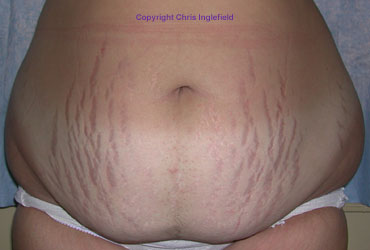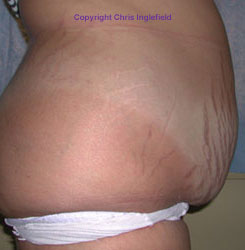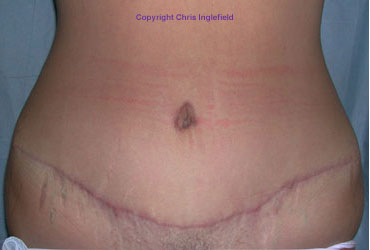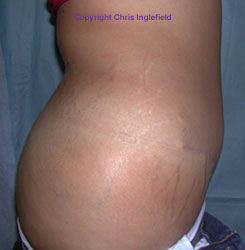Your first discussion with a surgeon should clearly set out your expectations and whether the operation can give you the results you desire.
Careful discussions regarding the reasons for wanting a tummy tuck and your suitability for this type of surgery are very important at this stage. Make sure that you obtain as much information as necessary to enable you to make a fully informed choice and make sure you receive satisfactory answers to all your questions.
If, for example, your fat deposits are only in the area below the navel, you may require a less complex procedure called a partial abdominoplasty, or “mini-tummy tuck”. You may, on the other hand, benefit more from partial or complete abdominoplasty done at the same time as liposuction to remove fat deposits from the hips, for a better bodyshape. Or maybe liposuction alone would create the best result for you.
A medical history should also be taken to make sure that there are no reasons why you shouldn’t have this operation. You would normally be asked to sign a consent form which means that you have understood the potential benefits and risks associated with an abdominoplasty.
Photographs may also be taken by the practitioner as a "before and after" comparison at a later date.
The surgeon may also wish to write to your G.P. giving details of the operation so that if there are any problems associated with surgery in the short or long-term, your doctor is aware of the procedure and can help you to recover.
Anaesthesia
Tummy tucks are usually performed under a general anaesthetic. Alternatives include an epidural anaesthetic injection (sometimes used in childbirth) which will numb the area from the waist down, combined with a sedative to make you drowsy, so that you remain awake but feel very little discomfort.
Please take into account that a general anaesthetic carries more potential risks – this should be clearly explained by the surgeon before you make any decisions about the anaesthetic.
The operation
If you make a decision to go ahead with a tummy tuck, the actual procedure may take place in an outpatient surgical clinic, but most surgeons and patients prefer a hospital setting where you can recover overnight.
An abdominoplasty usually takes two to five hours, depending on the extent of work required, and whether any combined procedures such as liposuction are involved. Partial abdominoplasty may take an hour or two.
Partial abdominoplasty:
During the operation, a large cut is made which runs across the lower abdomen, just above the pubic area. The skin is then separated from the abdominal wall between the incision above the pubic hair right up to the navel. Fat deposits are removed and the skin is stretched down to the incision line, with the excess skin removed before it is restitched. If the navel is not repositioned, it can be pulled into an unnatural shape as the skin is tightened and stitched.
Full Abdominoplasty:
During the operation, a large cut is made which runs across the lower abdomen, usually from hipbone to hipbone, just above the pubic area. A second incision is then made to free the navel (tummy button) from surrounding tissue. Next the skin is separated from the abdominal wall all the way up to the ribcage to reveal the abdominal muscles.
The muscles are then pulled and tightened and stitched into position to provide a firmer abdominal wall which provides the foundation for a slimmer waistline. Fat deposits may also be removed. The skin is then stretched down, with the excess skin again being removed. A new hole is then usually cut for your navel. Next, the navel is stitched back into place and the original incision is closed as the tightened skin is stitched back into place.
After an abdominoplasty, dressings will be applied, and a temporary tube may be inserted to drain excess fluid from the area of surgery. Firm elastic bandages are then applied to support the area.







